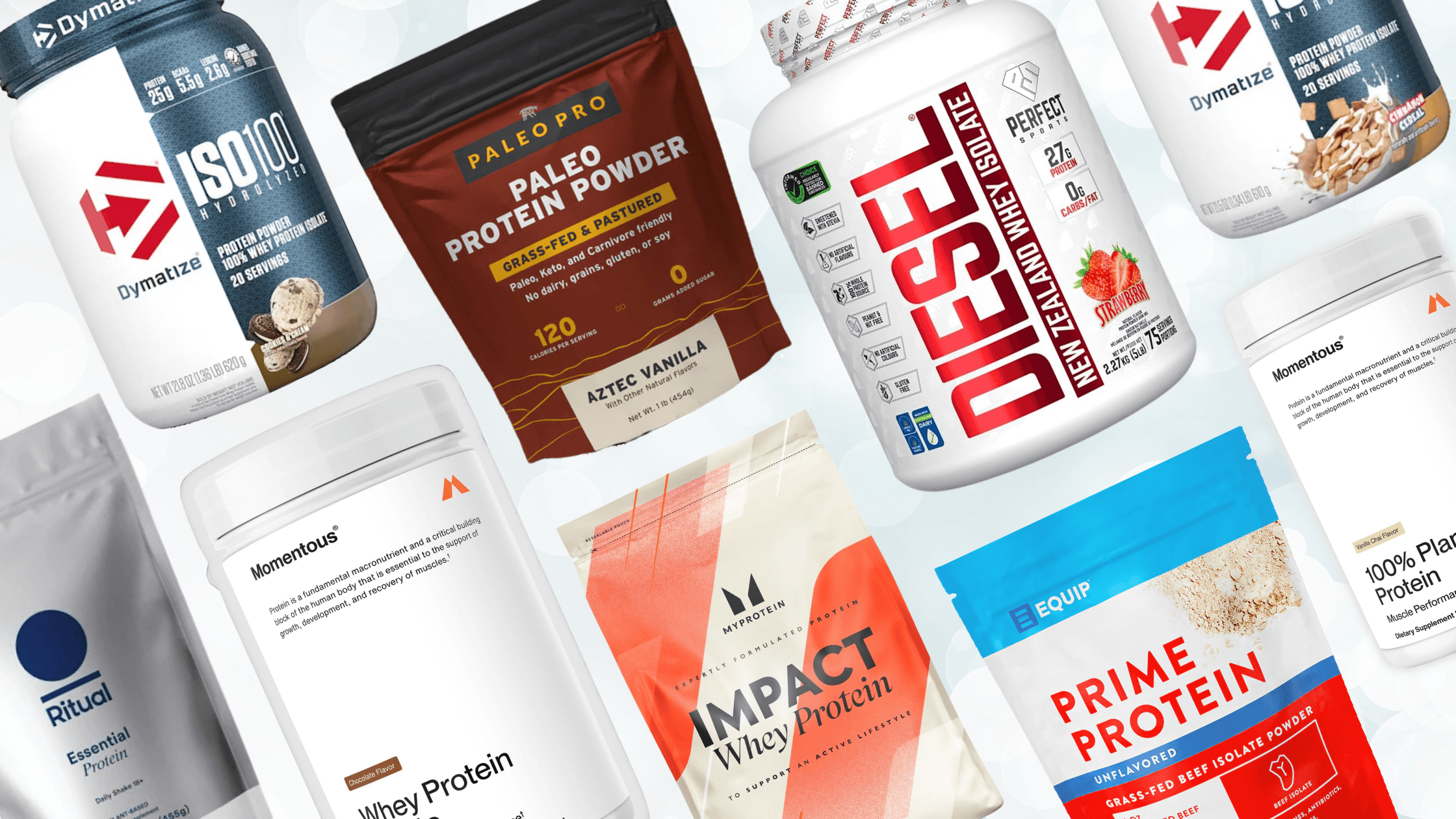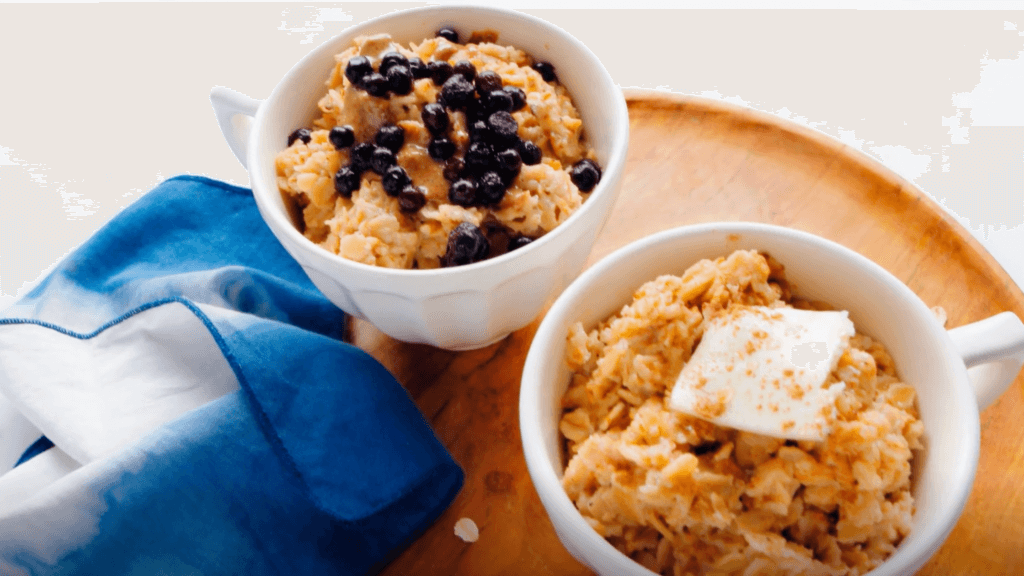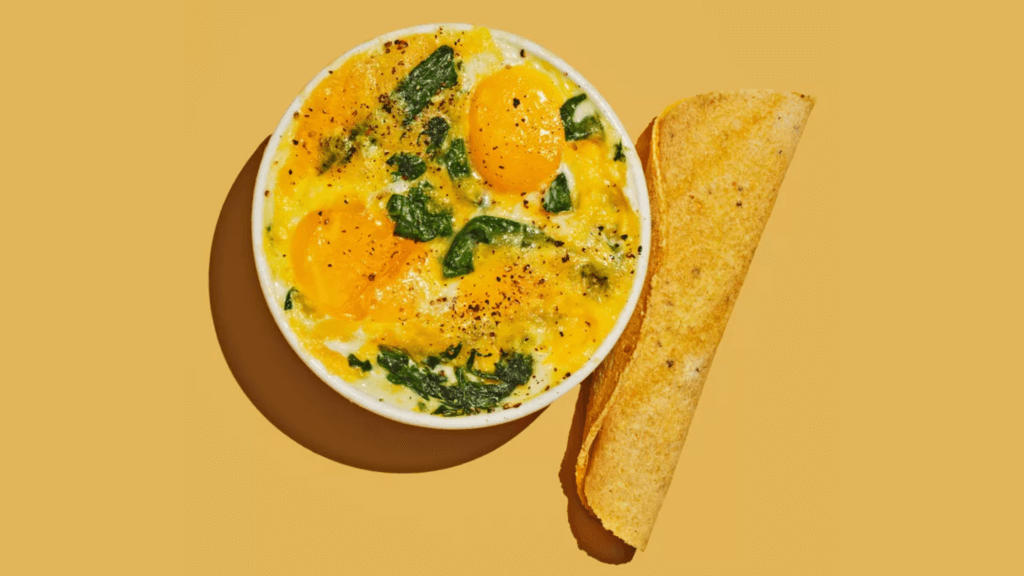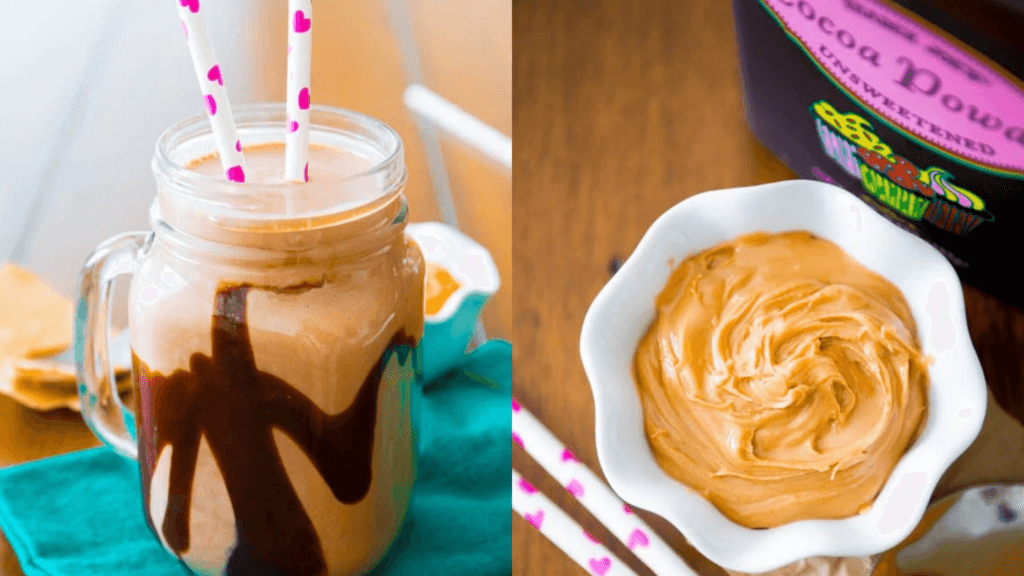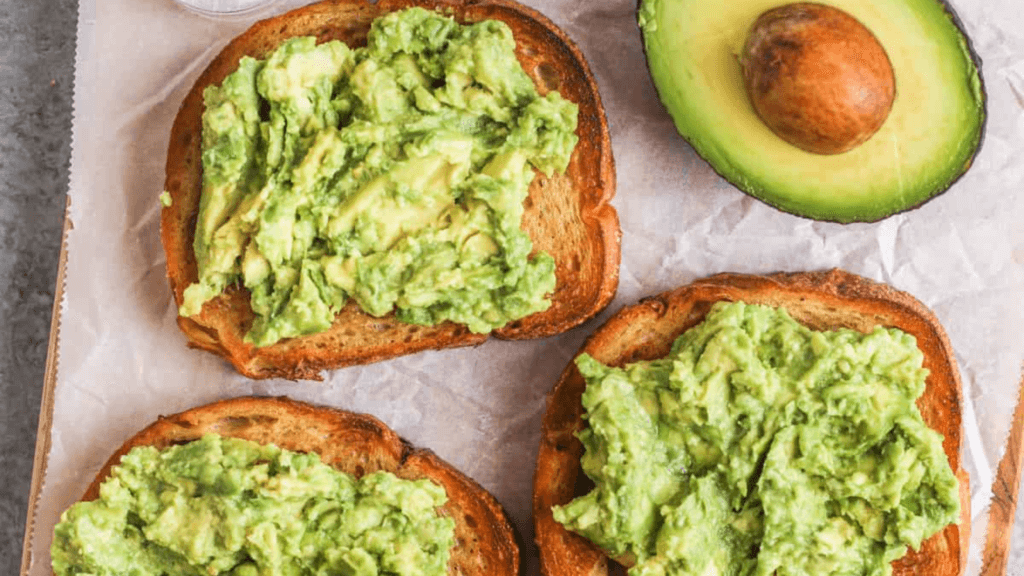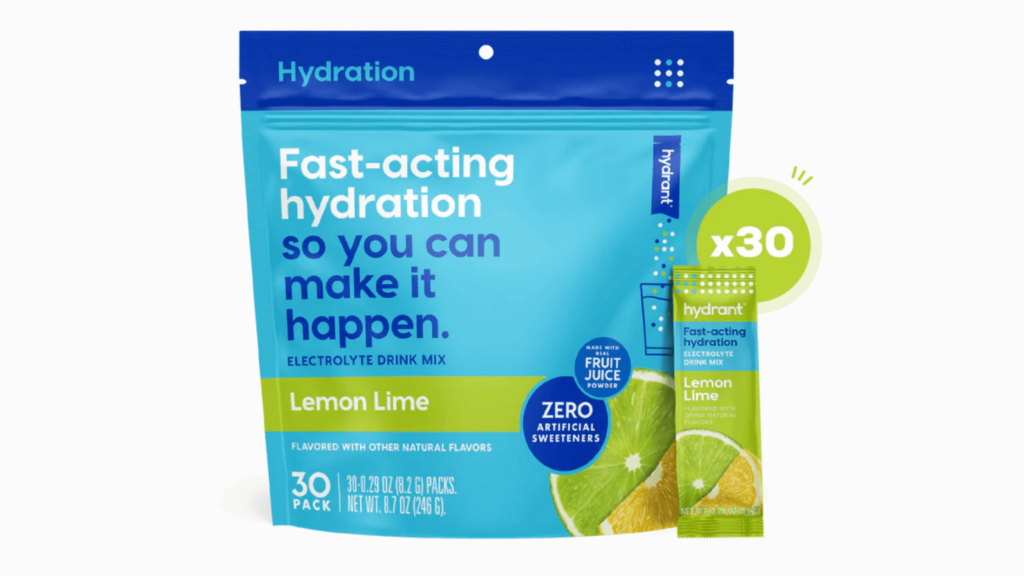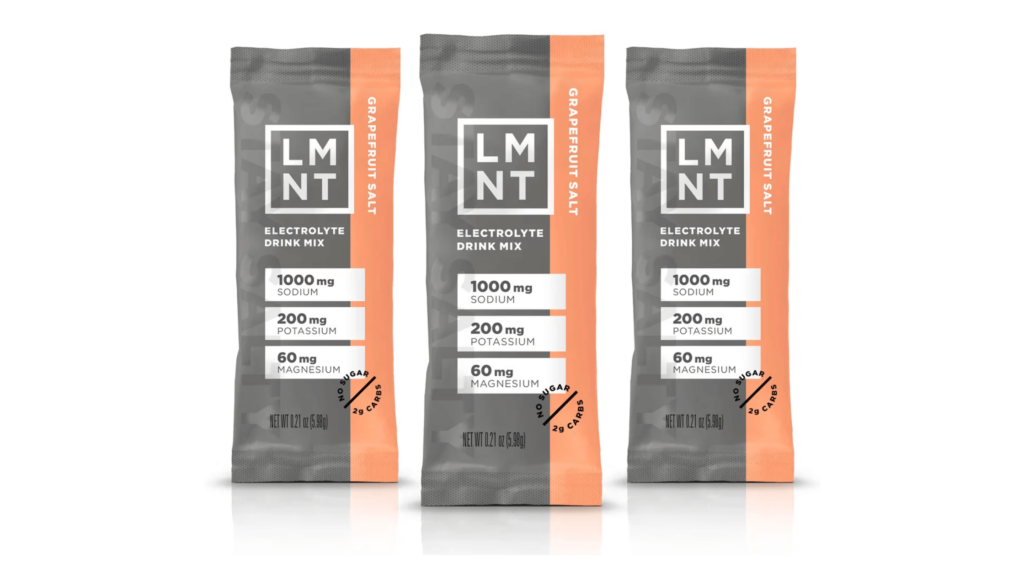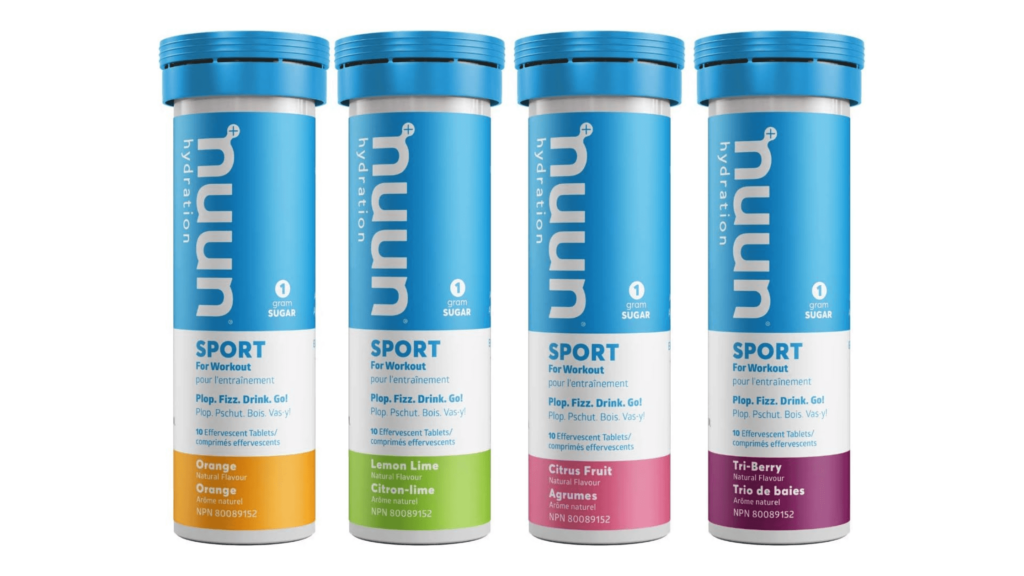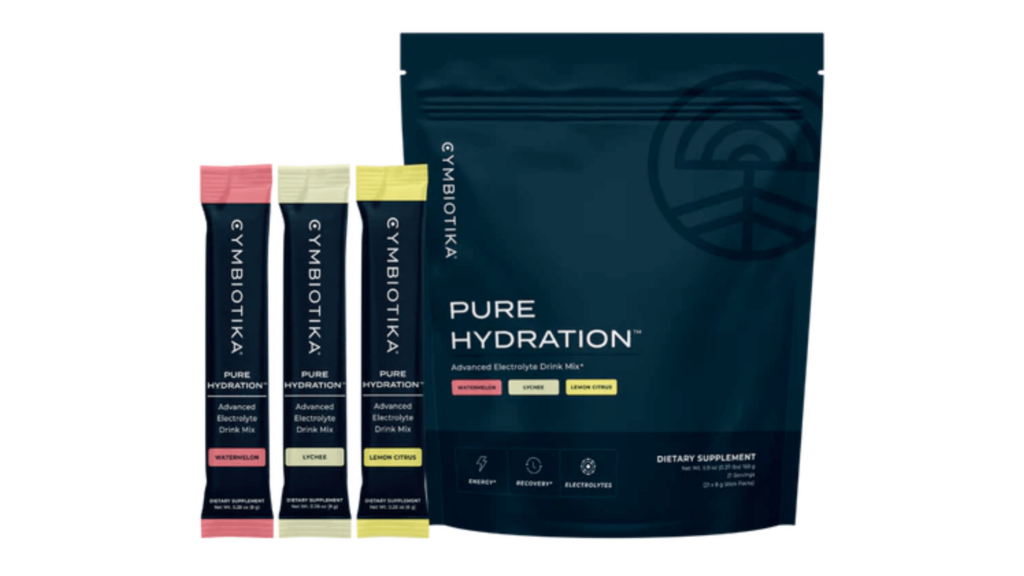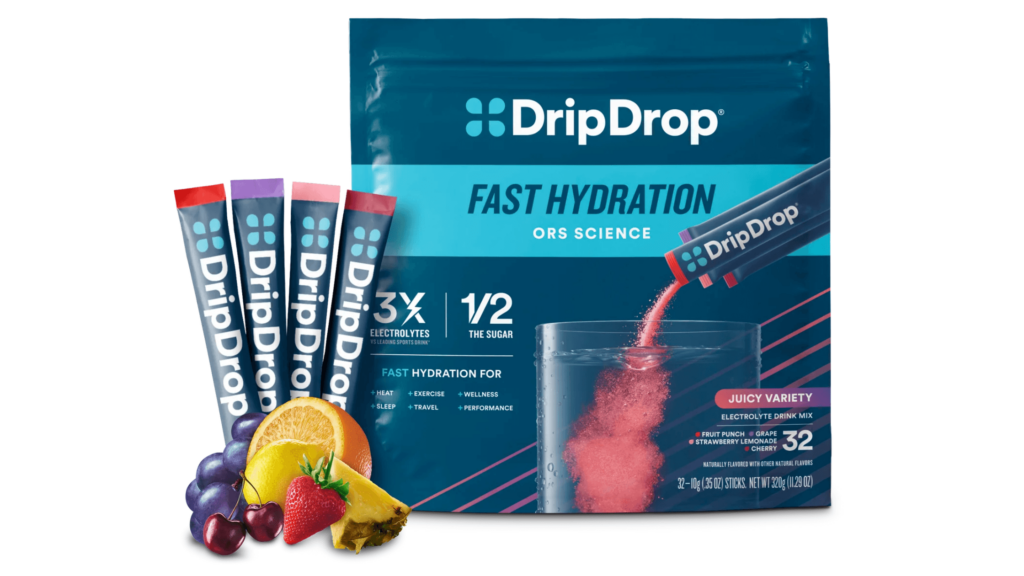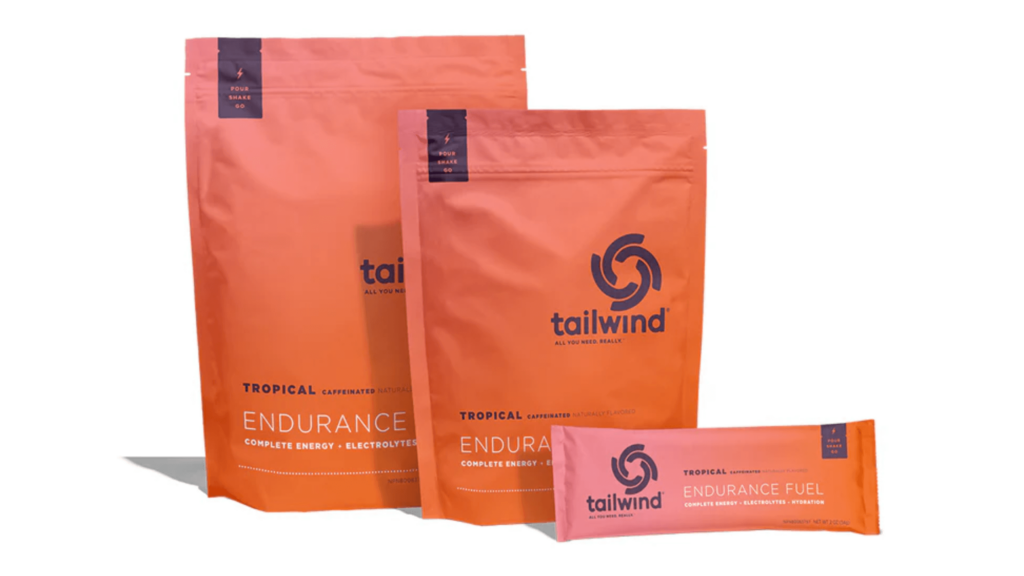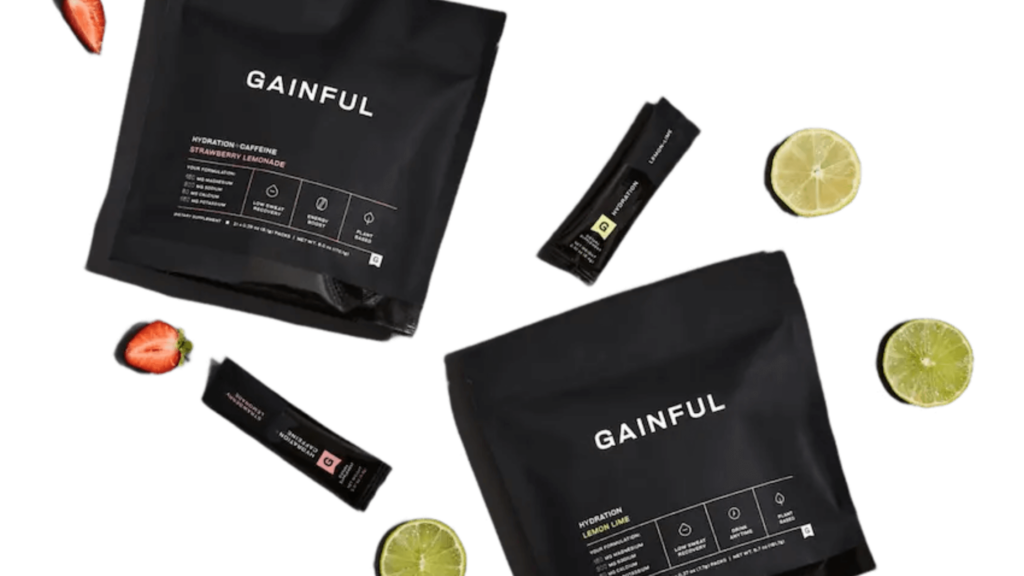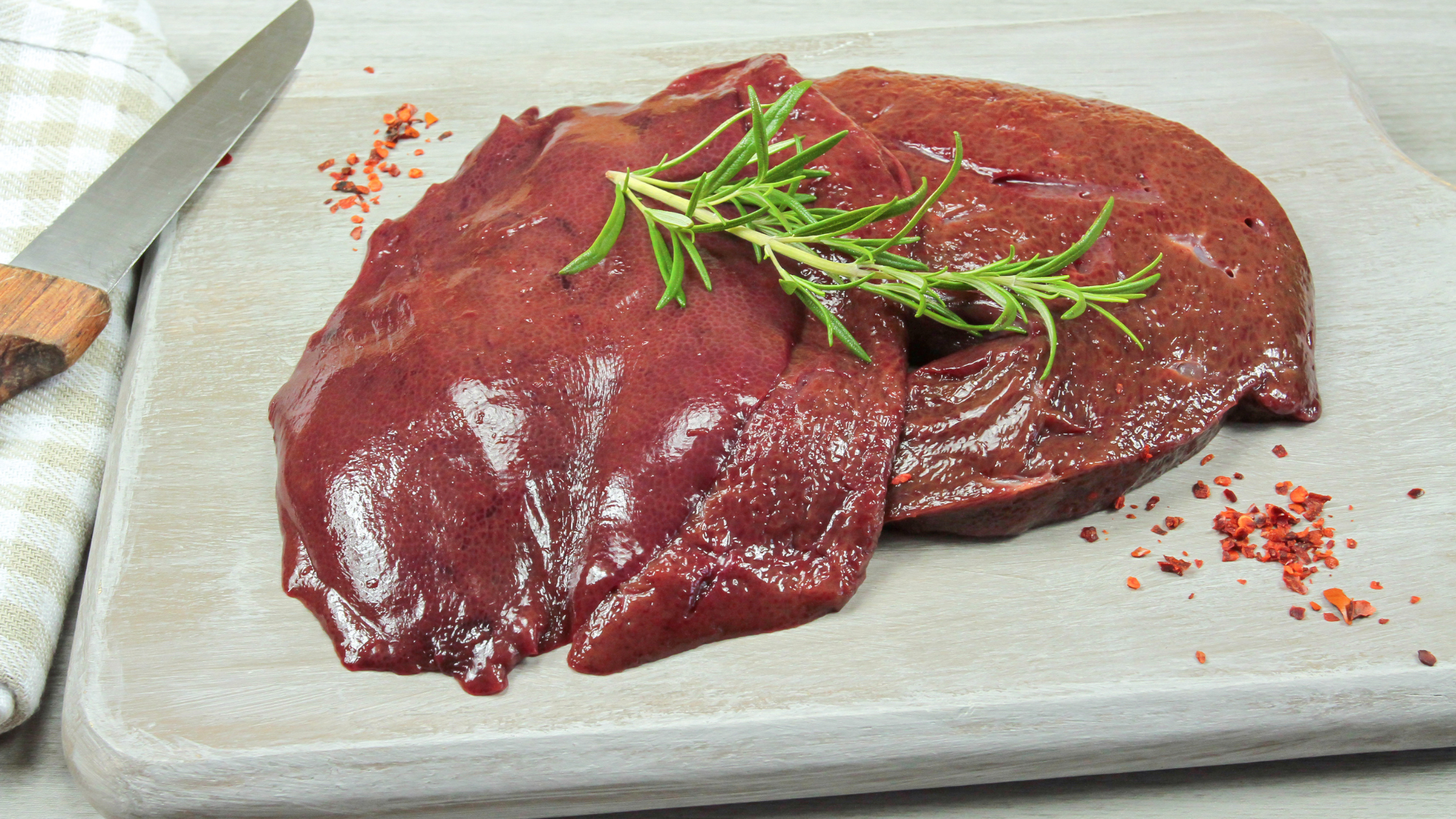Finding the best protein powder can be a daunting task. Whether you’re an athlete looking to enhance performance, a bodybuilder aiming to gain muscle, or looking for the best protein to add to your morning shake, there’s a protein powder tailored just for you. Brands like Momentous and Diesel offer high-quality products to help you achieve your fitness and dietary goals.
UTHH top pick: Dymatize ISO100 Hydrolyzed Whey Protein
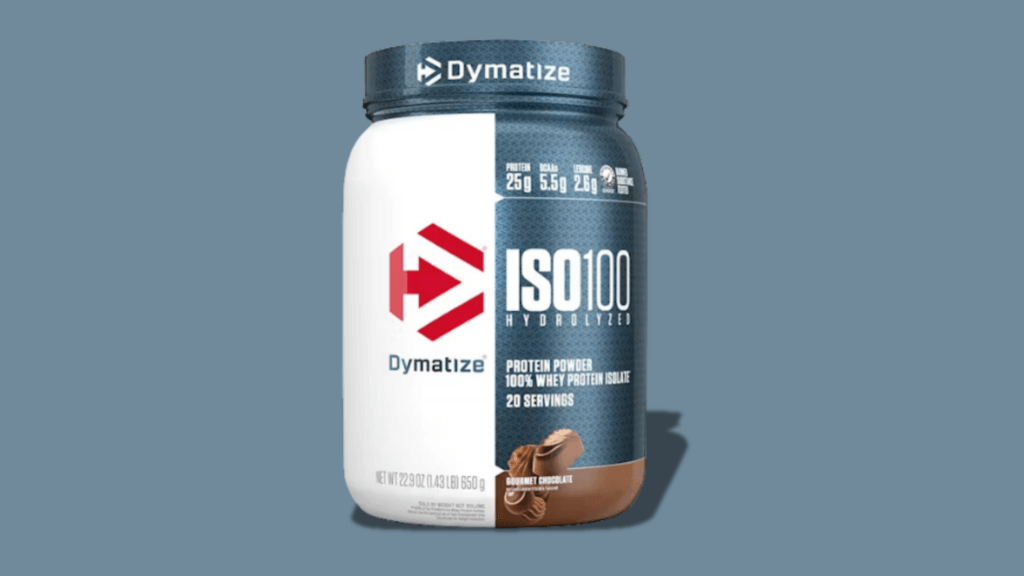
| What we love | Things to consider |
| – Hydrolyzed for fast absorption and easy digestion – Low in carbs and fat – Wide range of flavors – Great mixability and taste – Certified gluten-free and banned substance-tested | – Higher cost compared to other whey proteins |
Dymatize ISO100 Hydrolyzed Whey Protein is our top pick for the best protein powder. It’s hydrolyzed, meaning it is pre-digested for faster absorption and easier digestion. Each serving provides 25 grams of protein while low in carbs and fat, making it ideal for various dietary needs.
Dymatize Whey Protein also comes in 12 flavors—glazed donut, birthday cake, cookies and cream, among others—ensuring that there’s something for everyone. Its great mixability and taste, coupled with being certified gluten-free and banned substance tested, make it a reliable and practical choice for anyone looking to increase their protein intake.
Features/highlights
- Type: Hydrolyzed whey protein isolate
- Flavors: Glazed donut, fruit Pebbles, cocoa Pebbles, Pebbles birthday cake, gourmet chocolate, gourmet vanilla, cookies and cream, chocolate peanut butter, fudge brownie, strawberry, Dunkin cappuccino, Dunkin mocha latte
- Net weight: 3lb
- Number of servings: 43
- Serving size: 1 scoop (30 grams)
- Protein per serving: 25g
- Calories per serving: 110
- Price: $70.99
Best for athletes: Momentous Grass Fed Whey Protein Isolate + Essential Plant-Based Protein
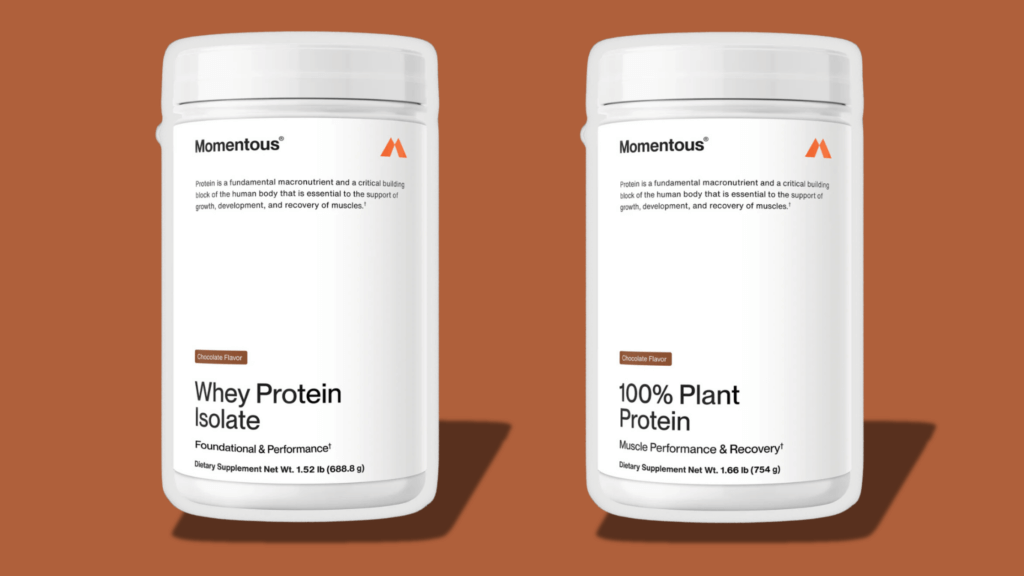
| What we love | Things to consider |
| – Easy to digest and easy on the stomach – NSF certified for sport – Complete amino acid profile in every serving – No chalky texture for plant-based option – Environmentally conscious sourcing | – Lower protein content per serving – Fewer flavor varieties |
Momentous has emerged as a top pick for athletes. The Grass Fed Whey Protein Isolate in chocolate flavor tastes incredible and has become a post-workout highlight. Unlike other protein powders, Momentous offers a delicious experience with no digestive discomfort, thanks to the added prohydrolase enzyme. The Essential Plant-Based Protein is equally impressive, with its smooth consistency and complete amino acid profile. With an affordable price, the quality and effectiveness make Momentous a standout investment for serious athletes.
Features/highlights
- Type: whey protein isolate and plant-based protein
- Flavors: whey – unflavored, vanilla, chocolate; plant-based – vanilla chai, chocolate
- Net weight: 1.25lb (whey), 1.66lb (plant-based)
- Number of servings: 24 (whey), 20 (plant-based)
- Serving size: 1 scoop (23.7 grams whey, 37.7 grams plant-based)
- Protein per serving: 20g
- Calories per serving: 100 (whey), 140 (plant-based)
- Price: $49.95
Best for bodybuilders: Diesel New Zealand Whey Isolate
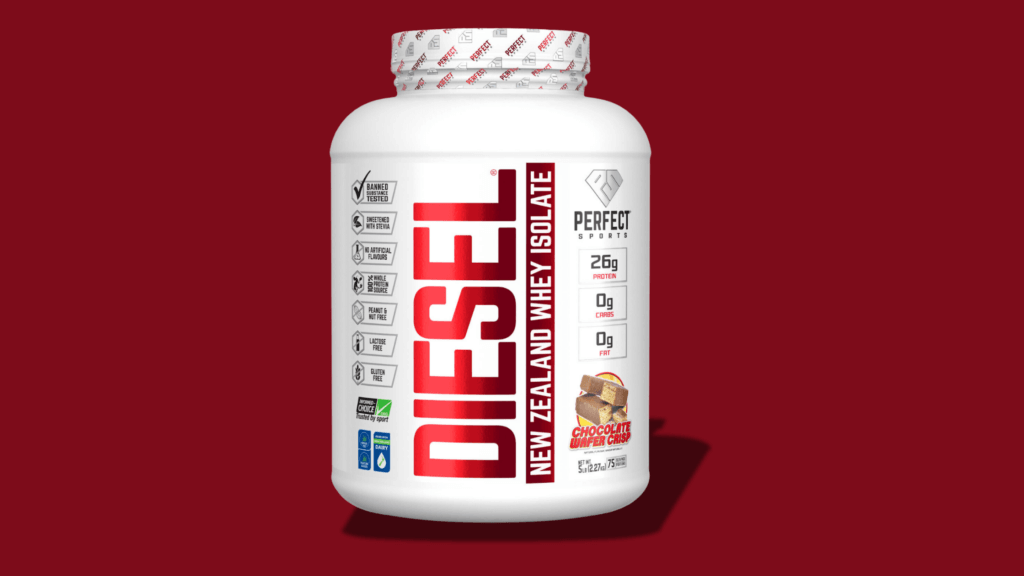
| What we love | Things to consider |
| – 27g of protein per serving – Zero carbs, fats, and sugars – Grass-fed, pasture-raised dairy from New Zealand – Sweetened with natural stevia leaf – Lactose and gluten-free – Lots of flavour options | – Higher cost compared to other whey isolates |
Diesel’s New Zealand Whey Isolate is an excellent choice for bodybuilders seeking a high-protein, low-calorie supplement. With 27 grams of protein per serving, it provides the necessary fuel for muscle growth and recovery. The ultra-fast absorption rate ensures that your body can quickly utilize the protein post-workout or after a tough day on the job. Though it comes at a higher cost, the quality and effectiveness make it a worthy investment for anyone looking to maximize muscle growth and repair.
Features/highlights
- Type: Whey protein isolate
- Flavors: French Vanilla, Chocolate, Unflavored
- Net weight: 2lb
- Number of servings: 30
- Serving size: 1 scoop (30 grams)
- Protein per serving: 27g
- Calories per serving: 110
- Price: $50.99
Best for runners: Myprotein Impact Whey Protein
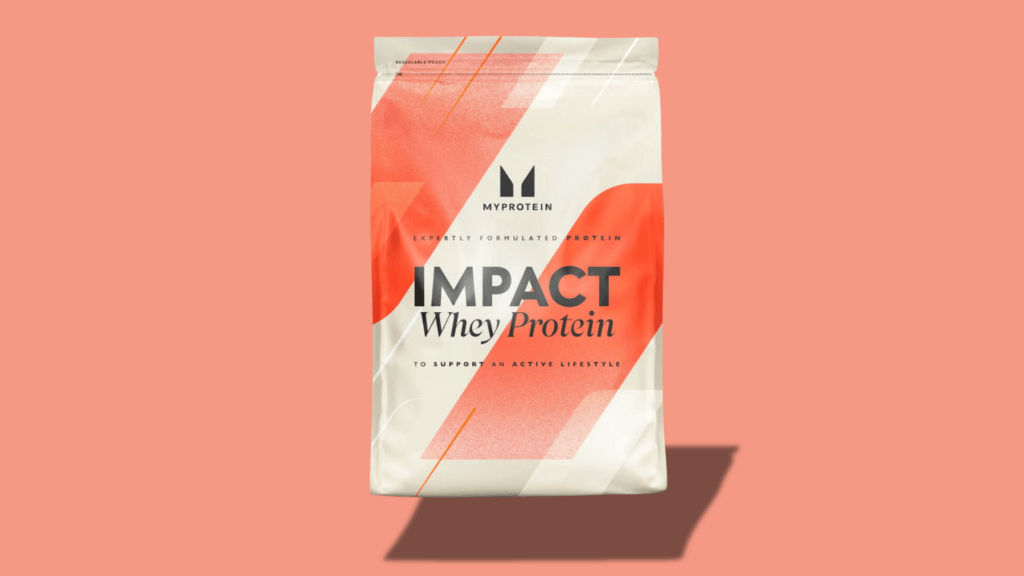
| What we love | Things to consider |
| – Low fat and carb content – Wide variety of flavors – Affordable price point – High-quality ingredients | – Some flavors might not appeal to everyone – Contains artificial sweeteners – Protein per serving is on the lower end |
Myprotein Impact Whey Protein is a top choice for runners seeking a reliable and affordable protein powder. Its low fat and carb content fits perfectly into a runner’s diet, ensuring you get the necessary protein without excessive calories. The product boasts over 3,300 five-star reviews, highlighting its popularity and effectiveness.
Myprotein offers a wide variety of flavors—familiar favorites like banana and chocolate to unique options like cereal milk and jasmine green tea latte—ensuring there’s something for everyone. That said, if you’re trying to avoid artificial sweeteners, another option might be best for you.
Features/highlights
- Type: Whey protein
- Flavors: Over 40 flavors, including Banana, Chocolate, Cereal Milk, Jasmine Green Tea Latte
- Net weight: 2.2lb
- Number of servings: 40
- Serving size: 1 scoop (25 grams)
- Protein per serving: 19g
- Calories per serving: 100
- Price: $44.99
Best for vegans: Ritual Essential Protein Daily Shake 18+
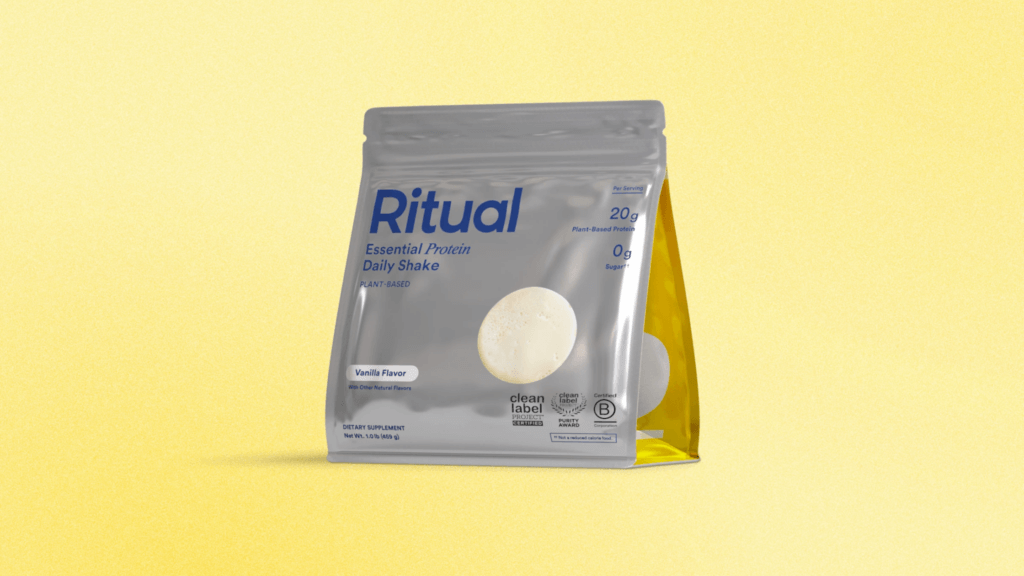
| What we love | Things to consider |
| – High in calcium and choline – Contains calcium β-hydroxy β-methylbutyrate (HMB) for muscle strength – Traceable ingredients for transparency – Clean label certified – Low cost | – Flavor might be too mild when mixed with just water – Designed primarily for adults aged 50 and over, but suitable for all ages – Single flavor |
Ritual’s Essential Protein Daily Shake 18+ is a top pick for vegans, offering a blend of pea protein that is not only delicious but also nutritionally robust. The product is third-party tested, ensuring it’s free from harmful contaminants and boasts a pleasant, mild sweetness.
High in calcium and choline, this protein powder supports bone strength and brain health, making it particularly beneficial for older adults. Including calcium β-hydroxy β-methylbutyrate (HMB) further supports muscle strength, addressing the common concern of muscle loss with age.
Features/highlights
- Type: Pea protein
- Flavors: Vanilla
- Net weight: 1lb
- Number of servings: 30
- Serving size: 2 scoops (35 grams)
- Protein per serving: 20g
- Calories per serving: 115
- Price: $44.00
Best for carnivores: Equip Prime Protein
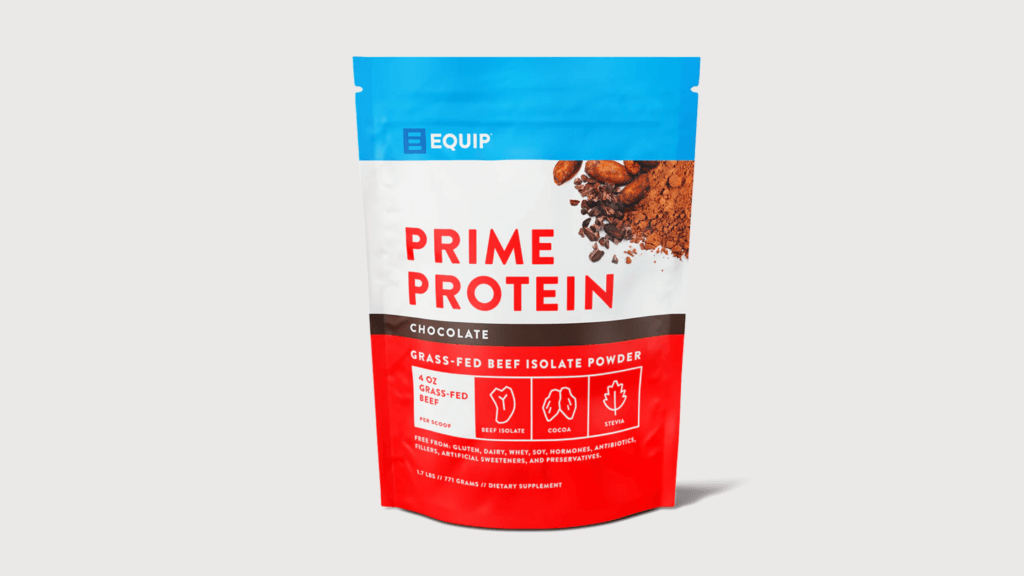
| What we love | Things to consider |
| – Sourced from grass-fed beef – High bioavailability and complete protein profile – Contains collagen and gelatin for additional health benefits – No added chemicals, fillers, or artificial sweeteners – Suitable for those with allergies to soy, dairy, egg, or whey | – Limited flavors |
Equip Prime Protein is an excellent choice for anyone following a carnivore diet or who can’t consume dairy, offering a unique source of protein derived from grass-fed beef. Each serving provides 21 grams of bioavailable, complete protein, including collagen and gelatin, which support joint health, skin elasticity, and gut health.
Prime Protein is free from added chemicals, fillers, and artificial sweeteners, making it a clean and natural choice. And because it’s derived from beef, it’s also suitable for people with allergies to common protein sources like soy, dairy, egg, or whey.
Features/highlights
- Type: Beef protein isolate
- Flavors: Chocolate, Vanilla, Peanut Butter, Iced Coffee, Unflavored
- Net weight: 1.7lb
- Number of servings: 30
- Serving size: 1 scoop (30 grams)
- Protein per serving: 21g
- Calories per serving: 100
- Price: $63.99
Best for paleo: Paleo Pro
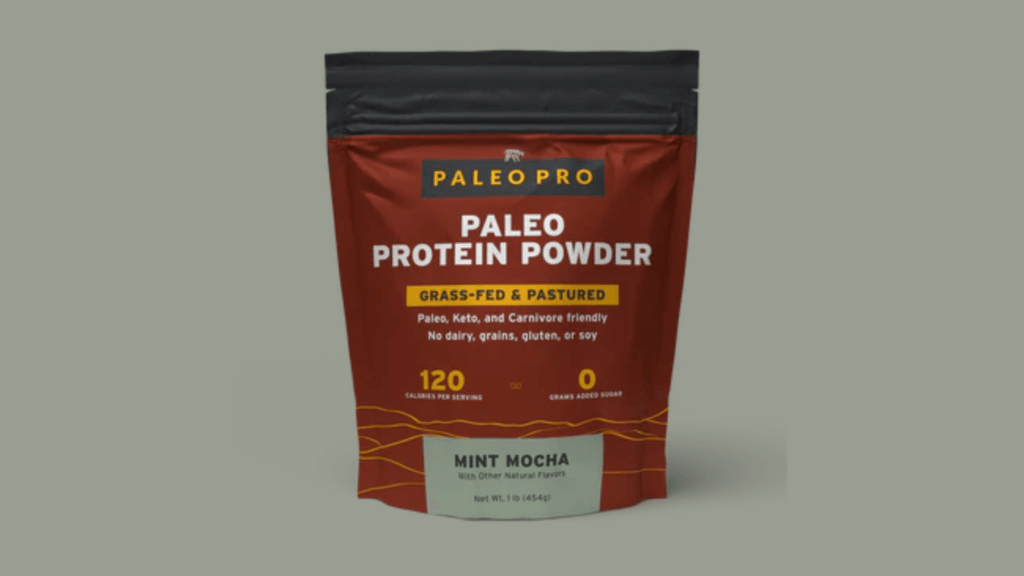
| What we love | Things to consider |
| – Sourced from grass-fed and pasture-raised animals – Free from dairy, soy, and gluten – No added sugars or artificial sweeteners – Contains a blend of egg white protein and beef protein – 26g of protein per serving | – Limited flavors – Higher cost per serving |
Paleo Pro Protein is an excellent protein powder choice for those following a paleo diet—or anyone looking for an ultra-clean protein powder. It features a unique blend of egg white and beef protein from grass-fed and pasture-raised animals. This combination provides a complete amino acid profile without including dairy, soy, or gluten.
Paleo Pro is also free from added sugars and artificial sweeteners, aligning perfectly with paleo dietary principles. The ingredients are carefully selected to ensure they meet paleo standards, making it an ideal choice for those looking to maintain their diet without compromising protein intake.
Features/highlights
- Type: Egg white protein and beef protein
- Flavors: Ancient Cacao, Aztec Vanilla, Mint Mocha, Mayan Mocha, Plain Naked
- Net weight: 1lb
- Serving size: 1 scoop (30 grams)
- Protein per serving: 26g
- Calories per serving: 120
- Price: $39.99
Bottom line
Protein powders are one of the easiest ways to bulk up your protein intake and increase satiety while on the job. But while there are hundreds of protein powders on the market, they’re not all created equal.
When selecting the best protein powder, consider your dietary needs, fitness goals, and preferences for flavors and ingredients. By carefully evaluating these factors, you can choose a protein powder that supports your current fitness regimen and aligns with your long-term health and wellness goals.
